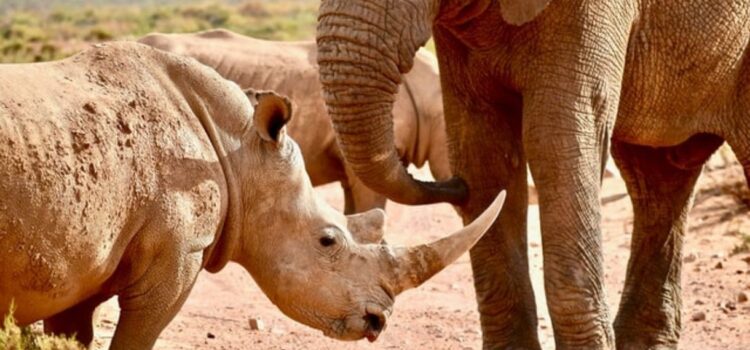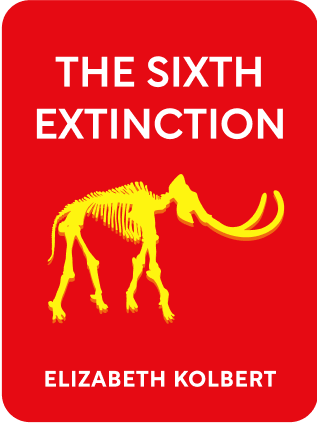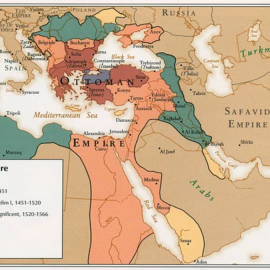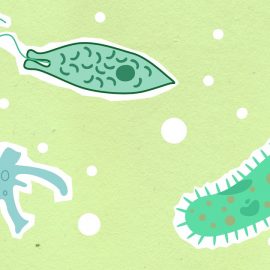

This article is an excerpt from the Shortform book guide to "The Sixth Extinction" by Elizabeth Kolbert. Shortform has the world's best summaries and analyses of books you should be reading.
Like this article? Sign up for a free trial here .
What is the cause of megafauna extinction? What role did we—humans—play in the decline of biodiversity in the supersized animal kingdom?
The causes of megafauna extinction have puzzled scientists dating back to Cuvier’s day, when the fossils of huge unknown creatures began turning up. Researchers have debated whether megafauna disappeared due to climate change or was killed by humans. But most scientists today lean toward blaming humans.
Keep reading to learn about megafauna extinction: which species have gone extinct, and what were the causes.
What Caused Megafauna Extinction?
A great variety of supersized animals—megafauna—once stalked the earth. Near the end of the Cretaceous period, there were many groups of huge dinosaurs besides Tyrannosaurus. Members of the Saltasaurus group weighed around seven tons. A member of the Therizinosaurus group was thirty feet long,
Near the end of the last ice age, there were enormous animals all over the world. In Europe, the roster included woolly rhinos, cave bears, giant elk, and hyenas. North America had mastodons, mammoths, giant camels, grizzly-size beavers, saber-toothed cats, and a giant ground sloth. South America had glyptodonts, which resembled armadillos the size of small cars. Australia’s even weirder animals included diprotodons, a group of huge marsupials called rhinoceros wombats; a marsupial lion, and a ten-foot-tall kangaroo. New Zealand had giant birds—the South Island giant moa was twelve feet tall.
Interestingly, megafauna extinction in Australia and the Americas coincided with the appearance of humans. There’s also evidence that Maori killed off the giant birds in New Zealand: the remains of outdoor ovens and “middens” containing bones of large birds.
The advantage of being too big to have predators disappeared when humans came on the scene. At that point, the flipside of being extra-large—being slow to reproduce—became a disadvantage. If humans killed off large numbers of a species—or even killed small numbers continually for millennia—the rest wouldn’t have been able to reproduce fast enough to avoid extinction.
Big Animals in Trouble Today
Human pressure plus slow reproduction are also why big animals like elephants, bears, and rhinos are in trouble today. Take rhinos, for example. Humans have killed so many rhinos and destroyed so much of their habitat that, ironically, only extraordinary human efforts can save them.
The double-horned Sumatran rhino is the smallest and oldest of the five species of rhino that still exist. It once ranged from the foothills of the Himalayas through Myanmar, Thailand, Cambodia, and beyond. But by the early 1980s, its population had shrunk to a few hundred and was heading toward extinction due to habitat loss as southeast Asia’s forests were cut down.
Other rhino species are also at risk including Javan rhinos, Indian rhinos, black rhinos, white rhinos, to name a few.
In fact, almost all large mammals are in trouble:
- Six of eight species of bears are listed as “endangered.”
- African elephants are under pressure from poachers.
- Most large cats are decreasing.
- In a hundred years, pandas, and tigers may exist only in zoos or in reserves.

———End of Preview———
Like what you just read? Read the rest of the world's best book summary and analysis of Elizabeth Kolbert's "The Sixth Extinction" at Shortform .
Here's what you'll find in our full The Sixth Extinction summary :
- How humans have set in motion a sixth mass extinction
- The 5 mass extinction events that occurred over the last 500 million years
- Why human ingenuity might be able to save the human species from extinction






